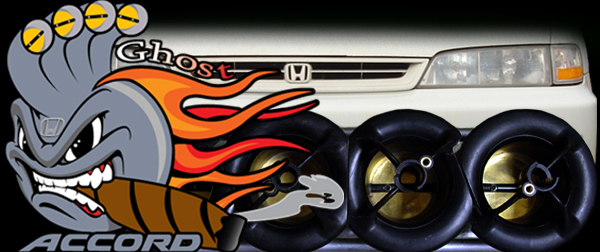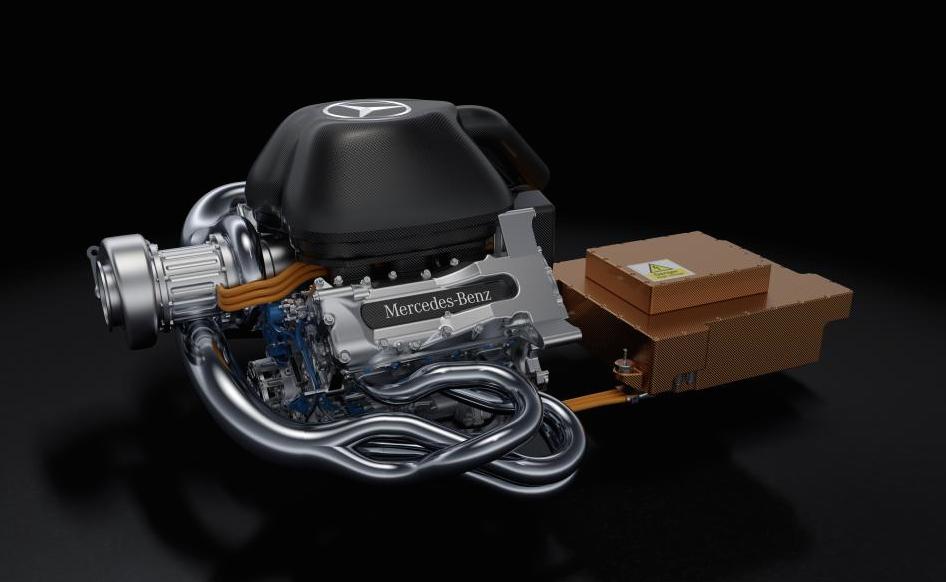I was thinking about velocity.
I know fluid dynamics and bullets are totally different, but would rifling the outside of the turbo housing increase velocity into the housing and help with surge issues? Or like in the intake tubing; or would that restrict airflow from grabbing the cuts from the rifling?
About black magic using vanes.
The 88' Honda Legend used a type of turbo that had four vanes that opened at idle letting air pass easy, and closed on acceleration increasing velocity of exhaust gasses getting you into boost faster[ awesome]. Once the boost level is reached, they open again letting air flow easily at whatever speed you're riding at. Why do we not use this in current practice to reduce lag and increase fuel efficiency? I mean it's more power faster... Couldn't we also use this to help our smaller engines spool those big ol' turbos to make more power?
awesome]. Once the boost level is reached, they open again letting air flow easily at whatever speed you're riding at. Why do we not use this in current practice to reduce lag and increase fuel efficiency? I mean it's more power faster... Couldn't we also use this to help our smaller engines spool those big ol' turbos to make more power?
I know fluid dynamics and bullets are totally different, but would rifling the outside of the turbo housing increase velocity into the housing and help with surge issues? Or like in the intake tubing; or would that restrict airflow from grabbing the cuts from the rifling?
About black magic using vanes.
The 88' Honda Legend used a type of turbo that had four vanes that opened at idle letting air pass easy, and closed on acceleration increasing velocity of exhaust gasses getting you into boost faster[
 awesome]. Once the boost level is reached, they open again letting air flow easily at whatever speed you're riding at. Why do we not use this in current practice to reduce lag and increase fuel efficiency? I mean it's more power faster... Couldn't we also use this to help our smaller engines spool those big ol' turbos to make more power?
awesome]. Once the boost level is reached, they open again letting air flow easily at whatever speed you're riding at. Why do we not use this in current practice to reduce lag and increase fuel efficiency? I mean it's more power faster... Couldn't we also use this to help our smaller engines spool those big ol' turbos to make more power?














Comment